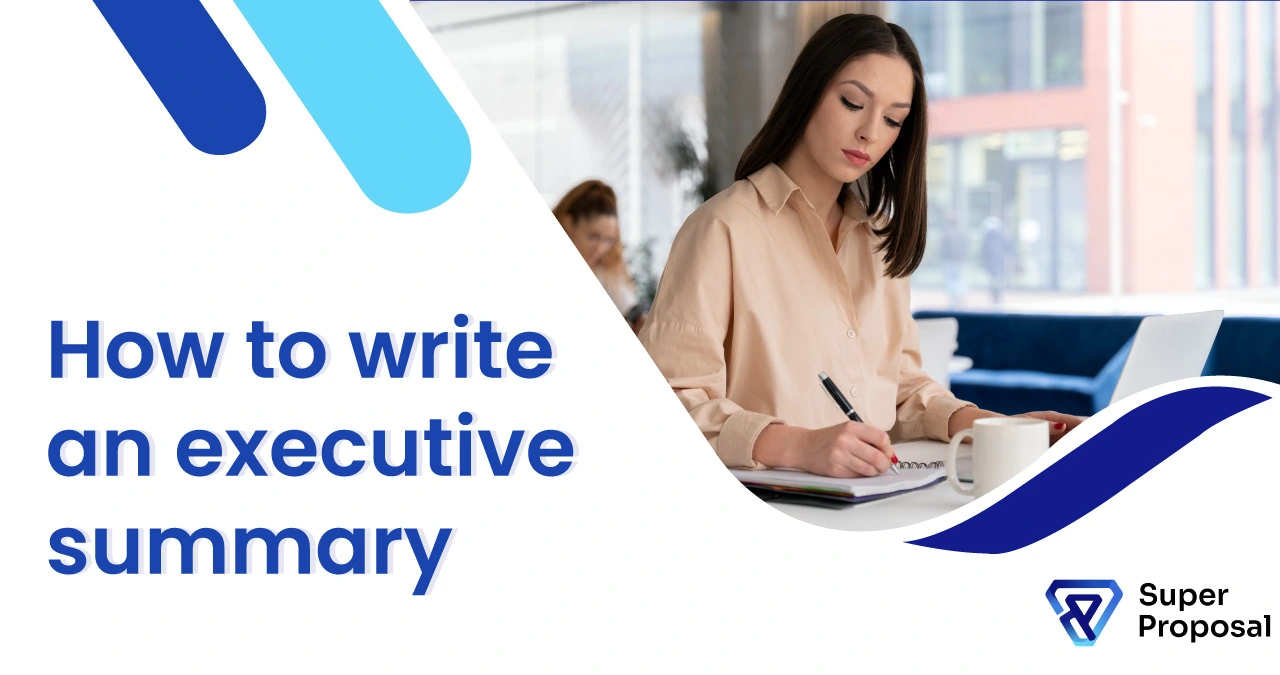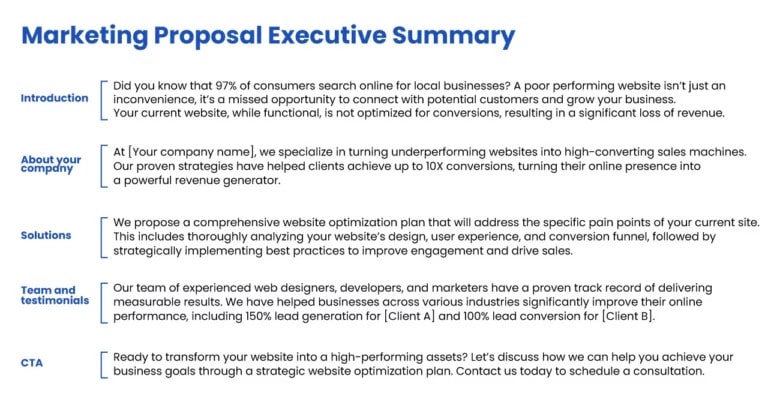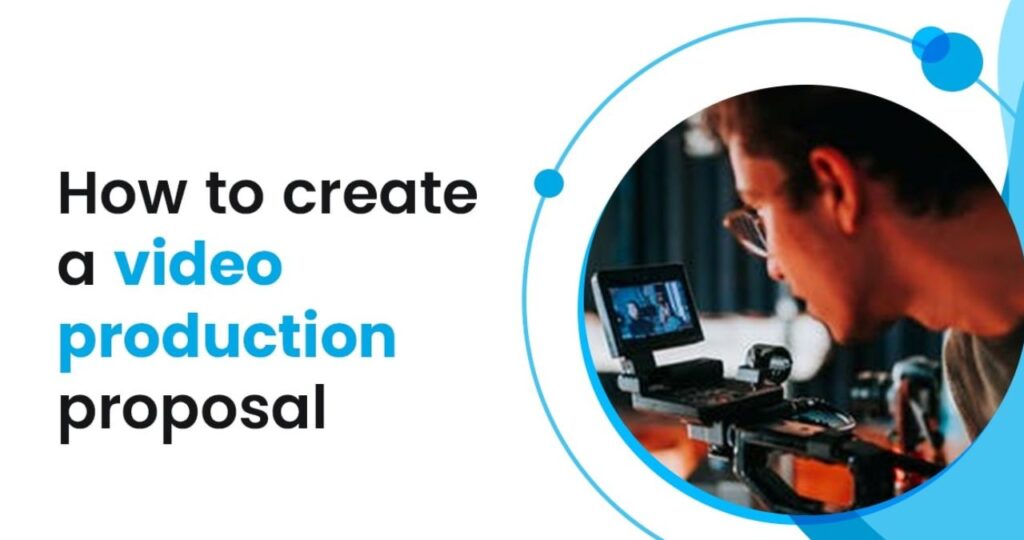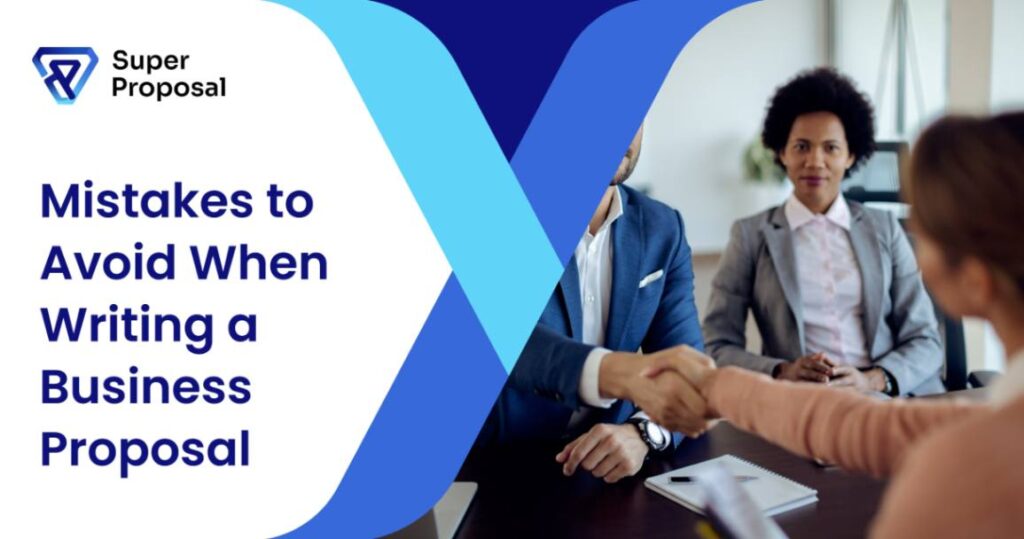How To Write a Business Proposal Executive Summary (With Examples)
AUG 01, 2024 | LAST UPDATED ON MAR 17, 2025 BY ANGELICA NAIDU

There are no second chances at first impressions, and the executive summary of your business proposal is where they are made. It can make all the difference when pitching your ideas to a potential client. But inspiring action with those words is where most people get stuck.
Luckily, we are here to help you. In this blog, we have compiled everything you need to write the perfect executive summary, from understanding its importance and timing to mastering its structure with actionable tips and examples.
Table of Contents
ToggleWhat Is an Executive Summary?
An executive summary of a business proposal is a 1 or 2 pages overview of the proposal. It should be short and captivating enough to compel the decision-maker to read the whole proposal.
It should include:
- Pain points or opportunities: Use emotional triggers and persuasive language to connect with the decision-maker, showing that you understand their challenges.
- Proposed solution and expected outcome: Tell them how your solution is the best fit to solve their problem or offer an opportunity for growth. Explain its benefits, value, and expected outcome.
- Why choose the company: Focus on your company’s strengths, expertise, and track record to establish trust and show why you are the perfect fit to solve their pain points or partner for mutual growth.
- Call-to-action: Warp it all up with a compelling call-to-action. Inspire the recipient to take action. Make sure the decision-maker knows how to reach you.
How To Write a Business Proposal Executive Summary
Do you think your proposal is the only one on the decision-maker’s desk? Your proposal is buried in a pile of competitors. When they get to yours, the first thing they read is the executive summary.
This means that this isn’t merely a formality; it’s your one shot to grab their attention, show your value, and make them want you.
To write an attention grabbing executive summary, you must have all the necessary information. If they requested a proposal through an RFP, you should check the guidelines and follow them to draft the summary.
Doing this ensures you align the executive summary with their expectations, demonstrating that you not only understand their needs but also are equipped to meet them.
Additionally, put yourself in the decision-maker’s shoes. Focus on these questions:
- What would make you stop and pay attention?
- What would convince you that this proposal is worth reading all the way through?
Think of the executive summary as a strategic narrative that highlights the problem, positions your solution as the answer, and sparks curiosity to explore the whole proposal.
Start with an Attention-grabbing opening.
Your executive summary should immediately engage the reader by focusing on their needs, not your company. Address their key challenges in a way that resonates and encourages them to continue reading. A great way to do this is by asking a relevant question or making a bold statement.
Tip: So, what’s the best way to hook the readers? Make them feel you’re actually interacting with them. And the easiest route is to ask them questions and be direct in your information.
Example: Instead of starting your pitch with “Company x is a leading provider of…” Try something like what you can see in our Social Media Marketing Proposal: “Are you facing low social media engagement? You need a social media strategy to experience exponential growth.”
This statement can grab your attention and make you read the executive summary simultaneously.
Summary of pain points/challenges
Clearly define the client’s pain points. Show that you understand their challenges, and if possible, use data to support your insights. This builds trust and keeps them engaged.
Tip: State their problems very clearly, and use quantifiable data wherever possible to show the clients you’ve actually done your homework and you’re ready to provide them with logical and strategized solutions.
Example: To understand this better, look at our Shopify e-commerce proposal template. It has clearly outlined the pain points of the clients. “The problem is that as awesome as your chopsticks are, you’ve got a static website that merely shows photos of your product line and requires customers to pick up the phone or send an email and place orders manually.”
Overview of how your company/solution helps achieve the goal
Keep the executive summary focused on results—how will your product or service make their business more efficient, profitable, or competitive? Avoid listing features without context; tie everything back to their needs.
Tip: Ok, so here’s where most people go wrong. This is your space, but you still need to impress the client, right? So make sure to still keep it solution-oriented more than feature oriented.
Example: “With over 25 years of expertise in the cleaning services sector, we have amassed a seasoned staff and a vast cleaning toolkit that will leave your facility immaculate. We provide cleaning schedules that are daily, weekly, or biweekly to make sure your properties are always immaculate for your tenants.”
Brief overview of the company/team (optional)
Introduce your team and expertise briefly, especially if you’re a startup. Highlight relevant skills and experience to build trust without overwhelming the reader.
Tip: It’s suggested that you keep this section short and crisp. Include skills that are relevant to the project and create a team that is skilled enough to handle this specific project.
Testimonials/Case studies (optional)
Social proof reassures clients of your capabilities. Use case studies or testimonials that align with the client’s industry and needs.
Tip: Ensure that the selected testimonials are appropriate for the client you are working on in terms of industry, specialized demands, skills, etc.
Call to action
End with a clear, straightforward next step—whether it’s scheduling a call, booking a demo, or reviewing the full proposal.
Tip: Ensure that the call to action does not complicate things and leave the readers or viewers guessing what you want them to do.
Business Proposal Executive Summary Examples
1. Executive Summary Sample for a Project proposal
Long delays, over crowded buses, and unpredictable schedules…The urban transportation system is a mess. They cause way too much pollution, leading to health issues and they aren’t convenient enough for people. With thousands of people using urban transportation daily, the inefficiency of these systems is impossible to ignore.
What if we could change this? What if we could build a transportation system that not only works efficiently, but also contributes to a cleaner, healthier city? Something that puts the needs of the commuters first, ensuring that everyone can travel with ease.
At (Company’s name), we understand this challenge and believe that the future of urban transportation should be smart, efficient, and sustainable. With our 25 years of experience in the industry, we are introducing a revolutionary urban transportation project in (city’s name) designed to prioritize ease of use and improve commute.
The project is built on a deep understanding of commuter behavior, blending the latest technology with user-centric design to create a transportation ecosystem that works for everyone. It will include:
An intelligent traffic management system
Fully integrated mobile platforms for real-time updates
Eco-friendly solutions aimed at reducing carbon emissions.
Why Choose (Company’s Name)?
In addition to our experience and expertise, here are a few reasons why you can rely on us:
- Proven Ability to Scale: We have a track record of successfully scaling urban transportation projects, adapting to growing demands and ensuring efficiency and long term success.
- Strong Industry Partnerships: We collaborate with top technology providers and engineering firms to bring the best solutions to life, ensuring that our projects benefit from the latest innovations and industry best practices.
- Dedicated Project Management: Each one of our projects is assigned to a dedicated project manager who ensures clear communication, timely updates, and efficient resolution of any challenges that may arise, keeping the project on track and within budget.
Rest assured that you will receive the best end result with (Company’s name). Our history of completing similar projects speaks of our expertise and commitment for quality.
Let’s collaborate to transform urban transportation and change how our cities function. Contact us today at (phone number) or (email address) to explore this initiative and become a part of a better tomorrow.
2. Example Of Cleaning Services Executive Summary
Cleanliness isn’t just about appearances; it’s a reflection of your values and commitment to excellence. A clean and uncluttered space inspires productivity, comfort, and confidence.
However, the reality is that many companies struggle to maintain consistent cleanliness amidst the demands of daily operations. The impact goes beyond untidiness; poorly maintained spaces can lead to reduced morale, health concerns, and a negative impression on clients and employees.
At (Company’s name), we understand that your environment is a direct extension of your brand. That’s why we specialise in delivering customised cleaning solutions to meet the needs of your space. Our approach is all about eco-friendly practices to minimise the use of harsh chemicals and promoting sustainability in every aspect of our work.
Our team of skilled professionals are trained to handle all types of spaces with precision and care. Whether it is regular maintenance, deep cleaning, or emergency cleaning. Additionally, we schedule in such a way that minimizes disruption to your routine.
Why Choose (Company’s Name)?
In addition to our experience and expertise, here are a few reasons why you can rely on us:
- Customized Solutions: We create customized cleaning schedules and service packages that meet the specific requirements of your workspace.
- Health and Safety Focused: We prioritize sanitation to create a healthier environment for both employees and visitors.
- Cost-Effective Solution: Our service packages are designed to be budget-friendly without compromising on quality.
- 24/7 Customer Support: Our customer support team is available around the clock for your needs or to address any concerns.
Experience the difference of professional cleaning solutions customized to your needs. Contact us today at (phone number) or (email address) to schedule a discussion and discover how our services can change your space and its vibe.
3. Executive Summary For Grant Proposal
Have you seen a world where education is accessible to all? Would you like to see one? We are focused on making this a reality. Our dedication to providing education is never-ending, hoping to bring this change together!
[Your company name] is a non-profit organization that has been working towards its only goal. That is to deliver quality education to each and every underserved society. We believe that every individual has the right to educate themselves; hence, we put all our efforts into making that happen.
We collaborate with the local educational institutes, schools, libraries, and bookshops to bring together individuals and help provide them with the best education we can. We also connect with teachers who are ready to bring this amazing change to society.
Our team has had a proven track record of delivering exceptional results on all projects.
[Company name] has helped achieve education in [city/region] by improving literacy and helping people support their families through their education.
We hope you’ll hop in on our project and become a part of this amazing journey where we see people learn and become their best selves. Support our grant and help us reach more such communities.
Read more: How to write a rationale in a project proposal
4. Executive Summary Example For Marketing proposal

Additional Resources: Check out our video production proposal template.
Read more: How to write a business proposal letter
Read more: Proposal Title Examples
Executive summary tips: The Do’s and Don’ts
Before you send your executive summary to potential clients or investors, take a moment to review it thoroughly. Here are the key areas to focus on:
Areas to focus | Dos | Don’ts |
Length | When writing the proposal executive summary, emphasize the key points. Ideally, the length of your proposal executive summary should be concise and, at most, 5-10% of the total size of your proposal. | Your executive summary should summarize the general proposal you are presenting to your readers. Do not elaborate too much; just provide the key points concisely. |
Language | Avoid using industry-standard terms and complex vocabulary that your core audience will most likely have a limited understanding of. | Don’t presume your intended readers know all the jargon of one’s field of work. When you use any technical terms or acronyms, define them because sometimes it might be difficult for laymen to understand what they stand for. |
Content | Ensure that the executive summary section mirrors the essence of your proposal. | Introduce new information or arguments in your executive summary. It should only summarize what’s already in your proposal. |
Format | If your proposal includes formatting guidelines, adhere to them strictly. Otherwise, structure your executive summary in a way that’s easy to read and digest. Use headings, subheadings, and bullet points to break up text and highlight important information. | Submit an executive summary with dense paragraphs of text. This can be overwhelming and discourage readers from engaging with your proposal. |
Final review | Re-read your executive summary thoroughly before you submit it to avoid any mistakes in grammar or spelling. Perhaps it would be wise to have someone else read the final product and ask if it can be more concise and understandable. | Rush to submit your executive summary without a thorough review. A polished and error-free summary demonstrates professionalism and attention to detail. |
Conclusions
Following these guidelines and using tools such as Super Proposal, you can create executive summaries that leave no one indifferent and bring the desired performance.
Ready to streamline your proposal process and elevate your sales game? Sign up for Super Proposal’s 15-day free trial today! Our all-in-one platform replaces MS Excel, MS Word, and e-sign tools, boosting your conversion rates by up to 40%. Experience the difference firsthand and unlock your proposal’s full potential.
Proposal Executive Summary FAQs
Is an executive summary the same as a project plan?
No! The executive summary and project plan are not at all the same. A project plan is a detailed document that includes the project’s roadmap, budget, team, and goals. An executive summary is like a jist of the whole project containing only the important information about the project, the company’s about us, and anything necessary to gain the stakeholders’ attention and set the stage for the project proposal.
What is the main difference between an abstract and an executive summary
An abstract is usually a short document as compared to an executive summary. If we talk about abstracts, it should be a one-page document at maximum, whereas an executive summary can be anywhere between 1 and 4 pages. An abstract is mostly for reviewers, while a summary is for decision-makers.
When should you not use an executive summary?
An executive summary is unnecessary if the proposal is explanatory enough and not very long. You can also avoid executive summaries when writing any kind of technical report where investors already understand the topic.
Where does an executive summary go in a report?
An executive summary can go at the start or at the end. However, it’s most impactful if it’s at the start, just after the cover page. This way, the readers will get a quick overview of the whole project. Enhancing your chances of impressing the investors.
How long should an executive summary be?
The length of an executive summary will be totally dependent on what you want to project in the proposal. As per the norms, a summary should be anywhere between 5-10% of the entire document. Following this will help you effectively craft a summary that includes all information and is ready to persuade stakeholders.
Read more: What is the difference between executive summary and cover letter
Increase your close rates today!
Secure every pitch that you make with Super Proposal. Craft winning proposals, share and track them on a single, comprehensive platform.
✓ 15-Day Trial. No Credit Card Required.




